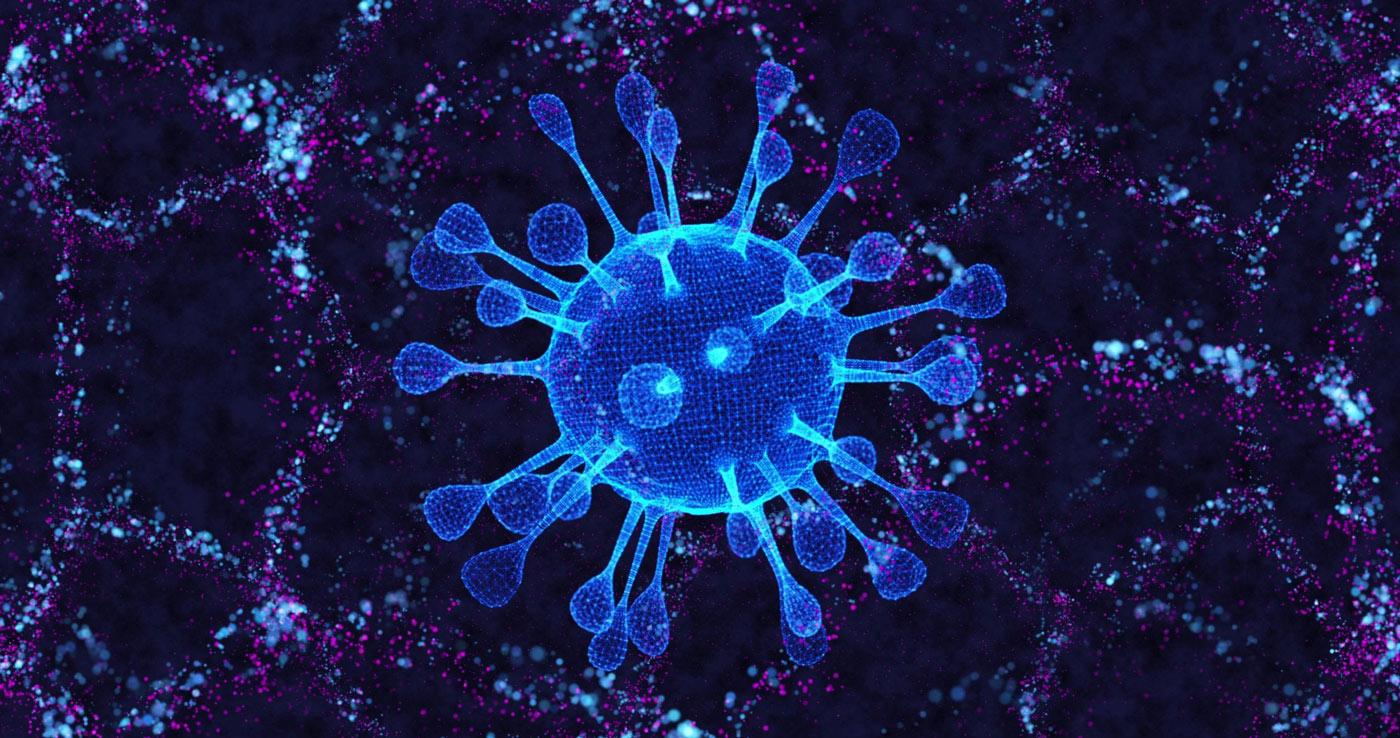
One of the more outré suggestions for combatting the COVID-19 virus is to zap it with ultraviolet (UV) light. To many, this idea is more than a little bizarre. Does this mean that sick patients inhale miniature black-light bulbs to sterilize their lungs from the inside?
Clearly, that’s not going to happen. But it’s true that ultraviolet light is highly energetic, able to fade the paint on your car or the dyes in your carpet. And it’s also true that it can wipe out microbes. Think of the robots with UV lamps that roll down the aisles at Whole Foods to dispatch any viruses on the shelves, or the lights used to sterilize airplane toilets and subway cars.
But aside from the long-standing relevance to public health, the vulnerability of viruses and bacteria to ultraviolet light raises a puzzling question. Today, Earth’s atmosphere has an ozone layer, which wafts invisibly about 10 – 20 miles above your head. Ozone is a molecule composed of three oxygen atoms, and it blocks a majority of the UV light radiated by the Sun.
Of course that’s a good thing. Without these airborne O3 molecules, much of the life on Earth would be under ceaseless radiative attack. About three dozen years ago the ozone layer began to thin out above the poles, a disturbing development that prompted the World Health Organization to warn that a significant increase in human skin cancer was on the way. Fortunately, in an exemplary display of global cooperation, a reduced use of chlorofluorocarbons has largely mitigated this threat.
But here’s the head scratcher. Turn your thoughts back 3-1/2 billion years to the early Archean Eon, when life first made its appearance on this planet. There wasn’t an ozone layer, and indeed, there was little oxygen of any sort in our atmosphere. And yet there were microbes, and they had to deal with the Sun’s harsh UV. If they hadn’t evolved some sort of defense, their descendants wouldn’t have been around to see the ozone layer finally form, billions of years later. They wouldn’t have survived to eventually produce every species that’s inhabited this world, including humans.
Understanding how they fought and won their battle against harsh UV is more than a thesis topic for biology grad students. There are a trillion planets in the Milky Way, and most will be orbiting stars that churn out ultraviolet. Understanding how Earth’s early life forms withstood a dangerous environment will give insight into the likelihood that other worlds are also bespread with biology.
It’s a problem that has long intrigued Lynn Rothschild, an evolutionary and synthetic biologist at NASA’s Ames Research Center in California. She points out that microscopic organisms have developed several strategies to deal with UV.
“The long-wave ultraviolet, which would be just beyond purple in the rainbow, doesn’t wreak havoc directly,” she says. “But it reacts with other compounds in your environment to produce oxidants. These can cause harm to DNA, proteins, and fats (lipids).” It’s an attack on organisms, but it’s a secondary attack.
“At shorter wavelengths, the damage becomes more direct. The energetic UV can mess up the base pairs that form the rungs of DNA, or even break the double helix itself.”
Bad news. However the microbes have an array of defenses against these assaults. The first, and most straightforward, is to simply get out of the way. Just as humans forestall ultraviolet exposure by putting on a hat or SPF 50 sunscreen, bacteria can travel down into the soil or the ocean to shield themselves.
Another approach is to scavenge for certain metabolites, proteins that are essential to metabolism, to work as antioxidants to counteract the damage wreaked by aggressive oxygen compounds. In other words, bring in some chemical allies.
Still another defense is to make pigments that absorb the radiation, rather than allowing it to rampage through your tissues. Melanin is such a pigment, and one your body uses to get a tan and avoid more sunburn. Microbes deploy this and other pigments.
Finally, some organisms have the ability to repair severe forms of ionizing damage. They can fix the harm. This is obviously a sophisticated defense.
There’s no doubt that ultraviolet light can be bad news for living things. For people, it can cause painful sunburns or even skin cancer, although they need some exposure to keep vitamin D levels up. For a microbe or virus, ultraviolet can spell “game over.” But the fact that life has evolved so many lines of defense over the past 3 billion years tells us something important. Sure, the universe is a dangerous place, and being in the neighborhood of any star puts you in harm’s way. And if Nature had produced only one adaptation to deflect this threat, one might argue that this defensive strategy was a miracle, a highly unlikely development. One could then argue that Earth might be the only world with life.
But the existence of multiple strategies tells us something different: Life can – and nearly always will – find a way.





